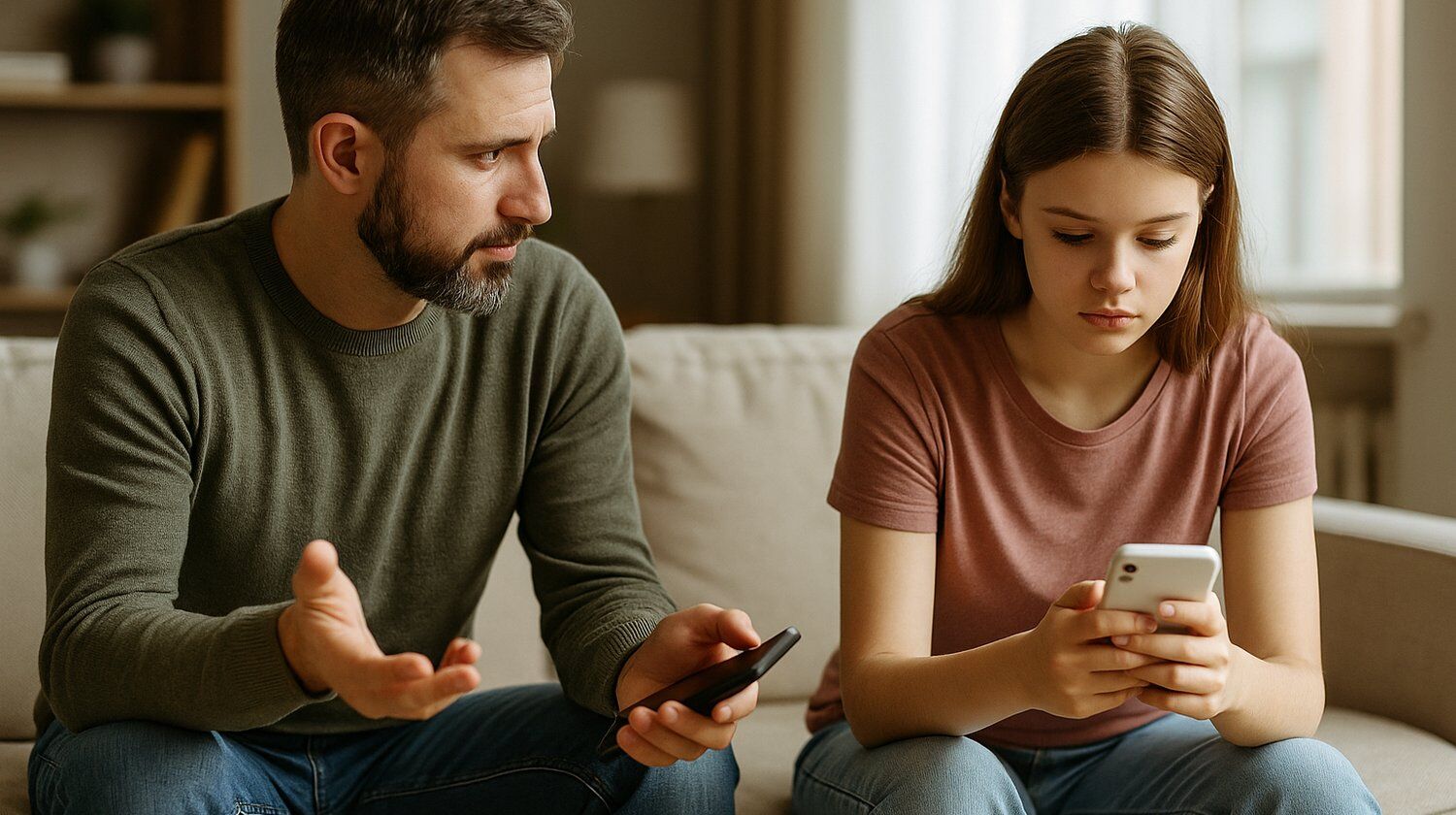Keeping up with teens and screens is like trying to catch a cat in a bath—you’re going to get scratched. When the ‘screen time’ ticker pops up at the end of the week, many of us gasp, lecture our kids about too many hours and vow to hide the Wi-Fi router. It turns out we may be chasing the wrong bogeyman. New research from Weill Cornell Medicine and its partners shows that it’s not the number of hours kids are staring at a device that predicts future mental health problems; it’s how compulsively they use them. Teens who couldn’t put down social media, their phones or video games, or who felt anxious and irritable without them, were roughly twice as likely to have thoughts of suicide and to show signs of anxiety, depression, aggression or rule‑breaking. That should make any parent sit up straighter than a teenager hearing ‘take out the trash.’
In the study, researchers followed nearly 4,300 kids starting at ages nine and ten and tracked their device use over four years. While nearly one in three kids developed addictive social media habits by age fourteen, simply spending more time online wasn’t associated with the same risks. In other words, the teen who spends two hours creating digital art may be fine, while the one who scrolls TikTok at 2 a.m. to escape stress could be heading toward trouble. The scientists point out that addictive use patterns show signs like feeling unable to stop, distress when forced offline and using devices to avoid problems. That’s the digital equivalent of sneaking sweets before dinner—symptoms of a deeper issue, not a time sheet problem.
Another study highlighted by News‑Medical echoes the warning: increased screen time, particularly texting and social media, is linked to an uptick in manic symptoms like high energy, racing thoughts and impulsive behaviour. Researchers found a correlation between heavy use and a higher risk of bipolar‑spectrum disorders later on. Problematic social media use may explain nearly half of the risk, while excessive video gaming contributes even more. Sleep deprivation and the dopamine‑hit design of apps may be fuelling those symptoms. Limiting overall screen time alone won’t fix this—it’s about teaching teens to recognise what’s healthy, understand how apps hook them, and build offline coping skills.
So what’s a parent to do? First, shift the conversation from ‘how many hours’ to ‘how and why.’ Ask your teen what they love about the apps they use and how they feel when they put the phone down. Look for signs of compulsive use—irritability when told to log off, sneaking devices into bed, or neglecting chores and friendships. If those red flags pop up, talk to your paediatrician. Limiting usage without addressing the underlying anxiety or depression might make the behaviour more secretive.
Second, model balanced digital habits. If we’re scrolling while telling our kids to set the table, we’re asking for eye‑rolls. Try a family ‘park the phone’ hour at dinner or before bed and treat those offline moments as sacred. Encourage real‑world experiences that light up the reward centre just as much as a high‑score: playing sports, volunteering, even earning a few dollars from chores to save toward something special. Finally, teach teens to question the apps themselves. Have them dig into how algorithms work, why notifications feel addictive and who benefits from their attention. Media literacy and critical thinking aren’t just academic exercises; they’re survival skills.
These studies are a wake‑up call that we need to do more than police screen time. Our kids are growing up in a digital world that was designed to keep them clicking. Helping them understand that design, build resilience and find joy offline is the real antidote. Besides, wouldn’t it be nice if the only thing keeping them up late was a good book—because you hid the Wi‑Fi router in the cookie jar?
Sources: News‑Medical “Excessive screen time linked to manic symptoms in teens”; Weill Cornell Medicine “Study finds addictive screen use, not total screen time, linked to youth suicide risk.”







Leave a Reply
You must be logged in to post a comment.